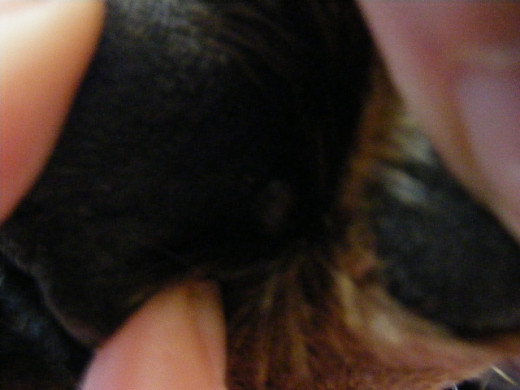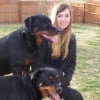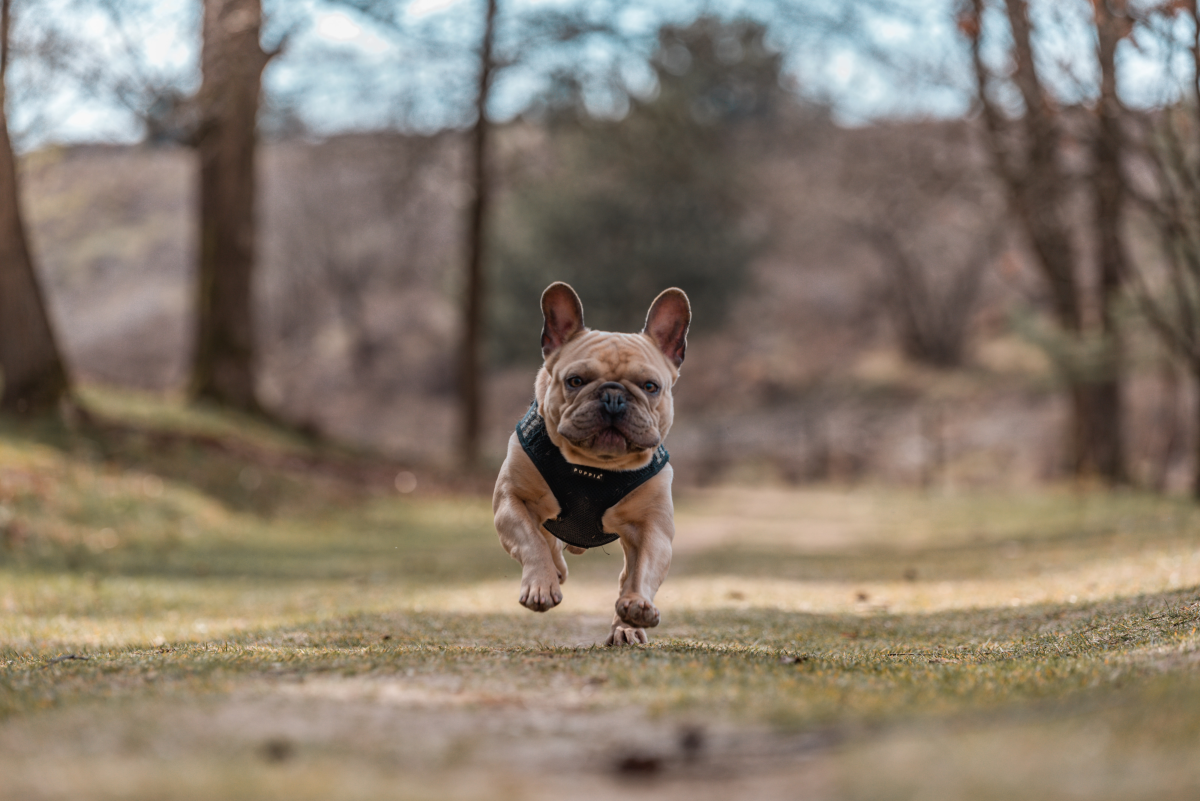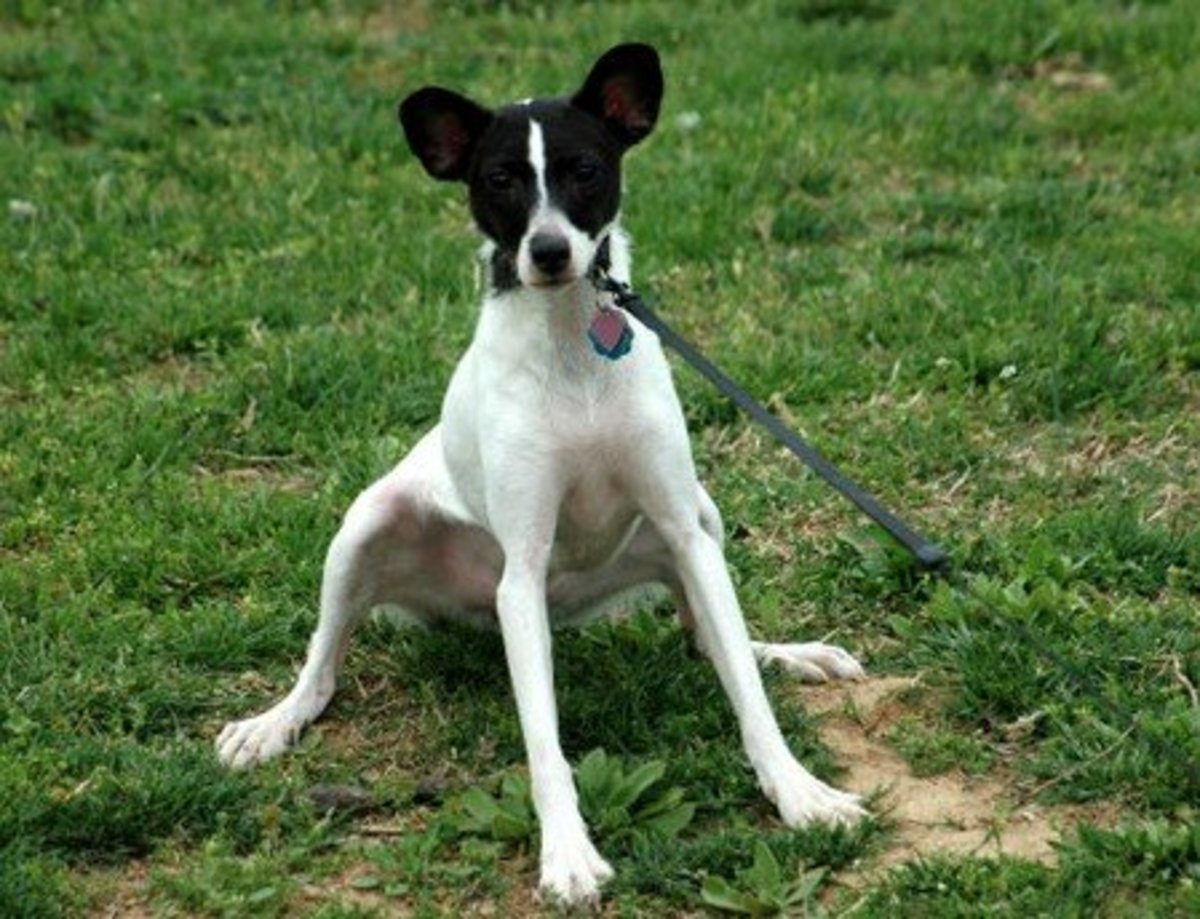- HubPages»
- Pets and Animals»
- Dogs & Dog Breeds»
- Dog Behavior
How to "Clipper Train" Your Dog to Love Nail Trims
Teach your dog to enjoy having feet handled!

In my past hub, we discussed some very valid reasons as to why dogs hate nail trims. If you have missed that post, you can find it here: Four reasons why dogs hate nail trims. By understanding the reasons your dog dreads hair trims, you can better understand why I like to take a "holistic approach" and work on the underlying emotions rather than immobilizing the dog through restraint and letting the dog toughen up and "ride it through.". As an anxious person myself, I feel somewhat connected to frightened dogs. For instance, I am fearful of the dentist, and the simple fact of having to stay restrained in the dentist's chair greatly frightens me as I feel a loss of control over the situation. Same goes with my fear of flying, the fact I have to stay seated with my seat belt on at 35,000 feet, makes the fear much worse. So not only I must face my fear of the dentist and of flying, but I am also subjected to the unpleasant sensation of being restrained and I can do nothing about it. Well, technically I could get out of the dentist's chair, but a horrible sense of embarrassment prevents me from doing that.
Same goes with dogs, their survival instincts often suggest them to take the fight or flight options when restrained and they are facing fear. Restrain after all, causes full exposure to the source of their fears, and on top, through negative associations a dog may then start resenting restraint as well. So you no longer have a dog that flinches at the sight of the clipper, but you'll have a dog that starts trying to run away the moment he sees you are trying to hold him down.You can almost hear a dog saying this equation: "Every time I am held down, something unpleasant happens, so I must protect myself from being restrained in the future by either fleeing or fighting restraint so that the bad thing no longer happens."
So how do we help these dogs? We teach dogs from a young age that being handled is something pleasant. We teach them that touching the paws is pleasant, that every time a nail is clipped something wonderful happens. But what if you have a dog who never had his nails clipped in his entire life, and was never used to being handled? This happened to me one summer when I was fostering a dog who was in desperate need of getting nails trimmed. You see, long nails in dogs is something more than a cosmetic issue. While long nails in humans are visually appealing and even desirable, in dogs it can have a great impact on their ability to walk and keep a normal posture. It can even lead to injuries long term. That's when I came up with "clipper training" for my foster. Read on to learn how it works.
A Guide to "Clipper Training" Your Dog
Summer 2007, I decided to put in some volunteer work and foster a dog from my local shelter. My objective was for the dog to learn basic manners along with a few tricks so to up the chances for adoption. The shelter employee guided me among the ear splitting barks of dogs pleading to be let out. She asked me which dog I was planning to foster and I replied: ''Give me the most challenging dog, basically the one you think has the least chances for being adopted and is at risk for being put to sleep''. She looked at me with a surprised look on her face, and then looked at the dogs with a thoughtful look. Then she swiftly walked towards a run where a black Lab with a white patch on her chest looked at me, repeatedly barking while jumping at the door with the agility of a kangaroo.
''Alright I said'' while looking at her. ''I think I may be up to the challenge''. Months of hard work awaited me as I snapped the leash on this hyper dog's collar while distracting her with a treat. As I walked her up to my car I already knew the problems I was going to deal with: jumping, pulling on the leash, nipping, frustration barking and hyperactivity. But the worse had still the come. She apparently was never crated in her life, was not house-trained, and very possibly, was even never walked on a leash before, looking at her reaction to it. All of these new things had to be patiently introduced to her.
Introducing Clippers for the First Time
Among the first things this young girl needed to get familiar with was a pair of clippers. Her nails were very long from being locked up in a kennel for weeks, if not months, and every time she jumped on me she left long red marks and visible black and blues. Using a dremmel tool, such as Pedipaws, was out of question: just the noise of it, from another room caused her to go into a panicked state. The clippers were the way to go-- at least for now. Therefore, I had to make many positive associations with the clippers. I got into the habit of putting them into my pocket and taking them out casually every now and then. I would put them in the middle of the room and she got treats every time she got close to them and sniffed them. Then, I would put them back in my pocket and the treats were put away. With time, she learned to positively associate the clippers with treats.
Every time I fed her food, I showed her the clippers and then placed them next to her food bowl. When she finished eating, the food bowl and the clippers were put away. After a few days, I saw ''Pavlov's law'' in effect: she was smacking her lips at the sight of the clippers to get a bit of drool out of the way! At this point, I knew it was time to progress...
How to ''Clipper'' Train Your Dog
I was a bit concerned about actively starting to clip her nails, as I felt she needed a bit more time for her to get used to having her paws handled. Therefore I decided to abide to the dog trainer's golden rule to be a ''splitter and not a lumper''. This philosophy simply meant to not ask a dog all at once, but to rather take a more conservative approach using ''baby steps." In behavior terms, we call gradual exposure desensitization.
I knew many well-trained dogs disliked getting nail trims, so I had big doubts about how this almost ''feral'' dog could learn to not only tolerate, but also enjoy them. I therefore concentrated on two goals: getting her gradually used to having her paws handled (desensitization) and associating the clipper and clipping procedure with good things (counterconditioning). She learned to get her paws handled by me touching them on a daily basis and giving her a treat right afterward, gradually increasing the intensity of touch from barely noticeable to applying pressure and lifting them. Once we got this down, the next goal was getting her used to the noise of the clipper.
I recalled several months ago reading an article by Patricia McConnell on her blog ''The Other End of the Leash'' where she shared her thoughts about nail trims. She claimed how many o f her clients noticed their dogs were more accepting of nail trims after going deaf. Her interpretation of this was that what many dogs dreaded the most in nail trims was likely the ''clipping noise''. I therefore started thinking of ways to make the clipping noise pleasant. So I had the brilliant idea of using the clippers as a clicker. Clickers are noise making devices that were originally used to train dolphins by marine mammal trainer Karen Pryor. Clicker-training is today a very popular positive reinforcement training method.
So I got the clippers out, and started casually clipping my nails. At each ''clip'' followed a treat. ''Clip'' treat, ''clip'' treat, ''clip'' treat. Then after desensitizing her in getting her paws touched with treats, I got her paw and clipped one nail. She cared less, avidly looking for her treat after hearing the clip. My goal was to get a one nail done every day, but her disposition and the sight of those very long nails made me choose to do a couple at once. I was therefore able to get those long, long nails finally trimmed in just a few happy sessions which ended with a jackpot of treats.
At the end, I figured out what had happened: I basically clipper-trained her! I therefore continued to use this method with other dogs and suggested it with my clients that had a hard time trimming their dog's nails. Many reported excellent results with this approach. As per my foster, she loved getting nail trims, learned several tricks, and was rescued thanks to the powerful world of positive reinforcement training!
Alexadry© all rights reserved, do not copy. Note: this is a re-write of my original article on "clipper training dogs" originally found on Yahoo Voices.
For further reading
- How to Make a Dog's Nail Quick Recede
When you allow Rover's nails to grow too long, the quick grows along with the nail. Be careful when you decide to trim those nails and let the quick recede. Ask your groomer of vet for help! - Four Reasons Why Dogs Hate Nail Trims
Does your dog hate nail trims? If so, you may be looking for solutions, but it may be helpful to first get into Rover's head. By better understanding your dog, you better treat the issue. - Dog Behavior: How to Get a Dog Used to the Groomer
Is your dog afraid of the groomer or acting aggressively when groomed? Learn how to make your dog look forward to grooming sessions by changing the emotional response. - Vet-Approved Tips for Dealing with a Dog Broken Nail
Dog broken nails are very painful and tend to bleed profusely. While you can treat a broken nail at home, it's important to see your vet so to prevent infection and make sure no further trimming is needed. - How to Clip a Dog's Nails Safely
Dog nail trims alexadry all rights reserved If nail trims are much dreaded from your canine companion's standpoint, you need to find a way to trim those nails and make the process safe. This is easier said than done. There are many dogs who fear...









